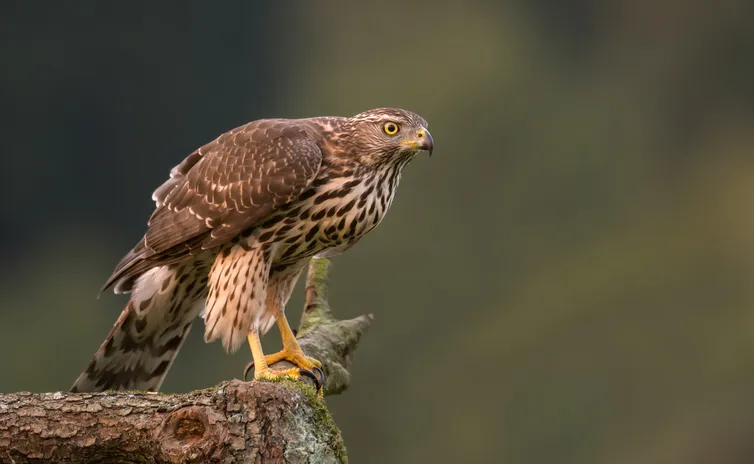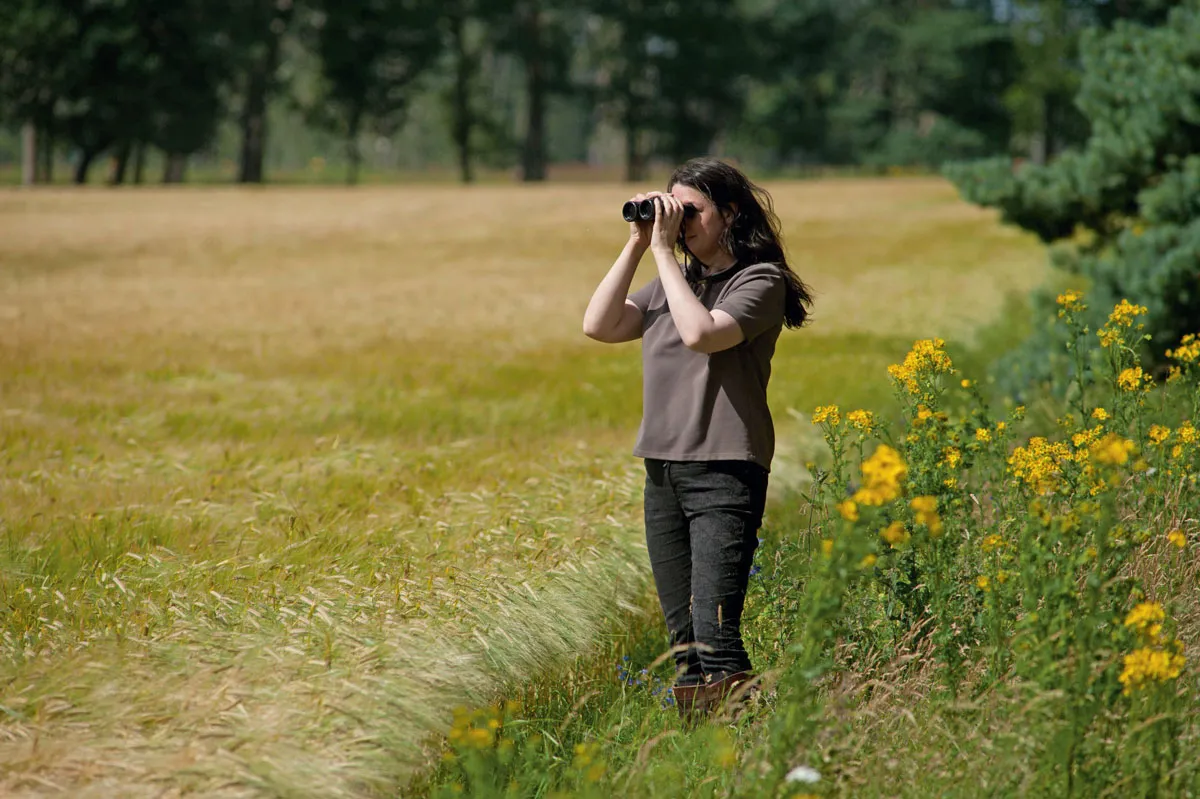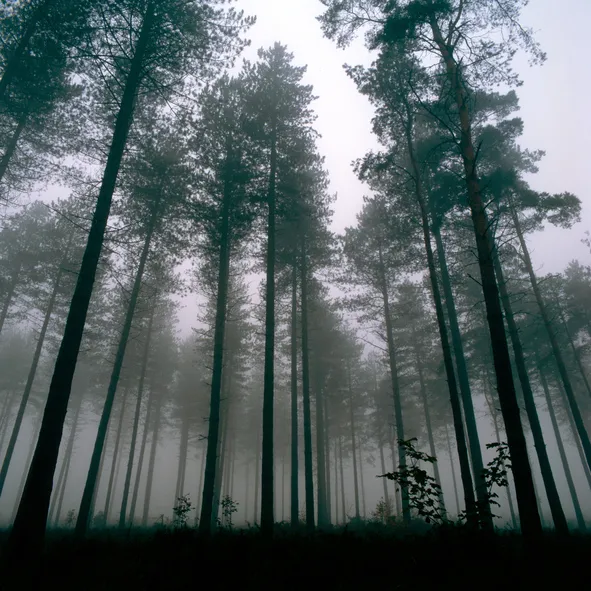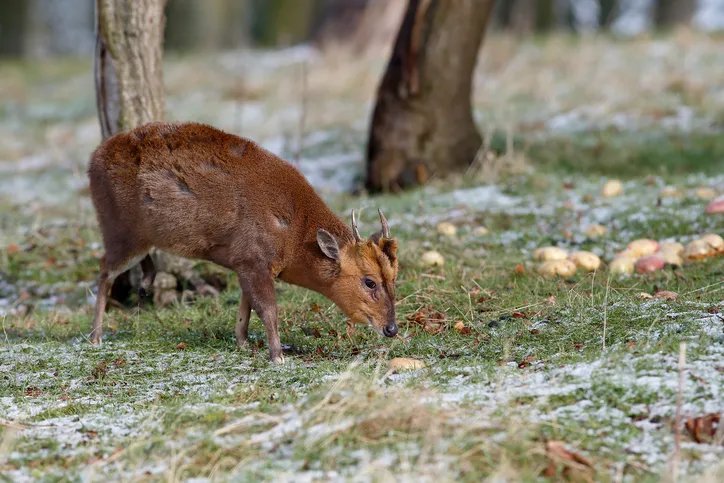With its arid heathland, inland sand dunes and stands of gnarled, twisted pines, the Brecklands – the broken lands – is one of the UK’s most remarkable landscape regions.
Spreading out across the Norfolk and Suffolk borders, the Brecks are dotted with eerie chalk swallow holes and glacial craters, or pingos. Gorse bushes grow from within the dry heath, and grasslands blow in the breeze. This strange land is where Helen Macdonald came to train her goshawk Mabel and come to terms with the death of her father, Alisdair.
The goshawk is "everything I wanted to be: solitary, self-possessed, free from grief, and numb to the hurts of human life", writes Helen Macdonald.

“I love it because of all the places I know in England, it feels to me the wildest. It’s not an untouched wilderness like a mountaintop, but a ramshackle wilderness in which people and the land have conspired to strangeness,” she writes in her memoir H is for Hawk.
This human interaction with nature has included flint-knappers and warreners who, by the mid-1800s, were sending thousands of rabbits by train to London each day on what was dubbed the ‘Bunny Express’. The rabbits have also given their names to places such as Langford Warren and Lakenheath Warren.

“It’s rich with the sense of an alternative countryside history,” writes Macdonald, “not just the grand, leisure dreams of landed estates, but a history of industry, forestry, disaster, commerce and work. I couldn’t think of a more perfect place to find goshawks.”
More than just Hawks
The landscape is home to an incredible 12,000 species – many of the plants would appear more at home on the Russian steppe or the Mediterranean coast. Alongside the goshawks that hunt the forest with beguiling expertise, the Brecklands are also home to woodlarks and nightjars, while the glacial ponds reverberate with aquatic amphibians.

After WWI, reforestation projects began to threaten the Brecks. Nowadays, conservation bodies have restored large swathes of the sandy heathland, helping another iconic summer visitor, the stone-curlew, with its beady yellow eyes and plaintive wail.
Muntjac deer and stoats can be seen on the eight-mile Pingo Trail, while the five-mile Goshawk Trail winds through Thetford Forest. Its dense woodlands and sandy heaths are, in Macdonald’s words, “our very own Arabia Deserta”.

Find out more about Helen Macdonald and H is for Hawk and the Brecklands
Image Credits- RSPB Images, Alamy

